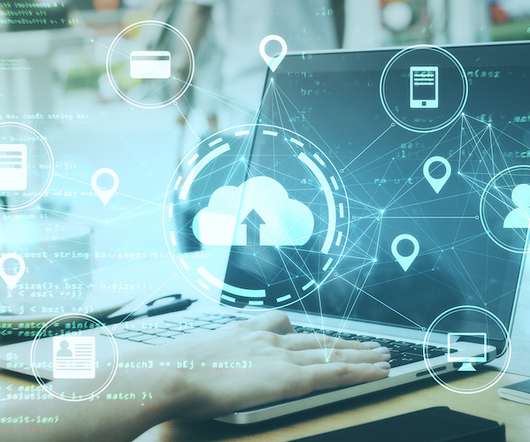The next normal
E-Learning Provocateur
MAY 3, 2020
Specifically, I invited a shortlist of L&D practitioners around the world to answer the following question: How will the COVID-19 pandemic impact learning and development in the long term? This does not mean more elearning, virtual webinars and online video meetings. Think of knowledge like a virus.
















Let's personalize your content